|
When I was a child I loved, and I still love, stories of women and girls triumphing over adversity. Books like Anne of Green Gables and Little Women were among my favorites. I have also always loved adventure and fantasy stories. As a young girl, I read and reread Treasure Island, The Hobbit, Gulliver’s Travels, and other epic tales. . As I got older, I realized there was little overlap in adventure stories and female-centric stories. I started to wonder why women weren’t going on adventures. In the stories I read about women, they reached adulthood, got married, and that was it. That was the end of their story. If a woman was present in the story, it was not her story, she was the one being rescued and/or she was a love interest to be won at the end of the grand and perilous journey. I wanted to read about girls, and later women, like myself. I wanted a female in science fiction and fantasy stories, as the hero, as the main character, and as someone fierce and real. So, I started writing those stories. When I was young, writing women wasn’t revolutionary feminism; it was natural to write main characters the same gender as myself. When I reached adulthood, I had another realization: even when the main character of a fantasy or sci-fi is female, she’s almost always a girl or a teenager. There were hardly any adult women going on fantastic adventures, and there was no similar shortage of adult men fighting their way through far-off galaxies and exotic landscapes.
In the past few decades, there has been a reversal of this men-and-girls-only trend, but we still have a long way to go. When I’m asked in interviews why I write so many women characters, I always answer “women are fifty percent of the population, so they should be having fifty percent of the fantastic adventures.”
2 Comments
Mythology has been a cornerstone in my life, and world myths were the basis of my first novel, Honey. Later this week, on 5/24 from 2-5pm, I’m taking over Facebook’s Fantasy and Science Fiction’s Readers Lounge with the theme of Fairy Tales and Mythology, so I figured I’d write an on-topic blog. Why Mythology? My father was an artist who specialized in mythological subjects. The painting above, The Birth of Medusa, was from his series on the life of Medusa. He painted, sculpted, and carved mythological figures from Greek, Roman, Norse, and Native American traditions, among others. I noticed that many of these pantheons had gods with different names, but similar functions and stories. For example, both Zeus and Odin topple giants to earn their status and kings of the gods. I wanted to know how all of these cultures, from different times and places, had the same stories with the same people. So, I read them ALL. True Myth These myths must be true. That was the conclusion I came to after extensively reading world mythology. It’s the only thing that explains the prevalence of mythological people and themes. Do I believe that there is a chariot pulling the sun across the sky? No, I think we are all are Helios, toiling through the day and resting at night. Do I believe that Persephone’s return to Hades brings winter? No, winter is a dark time for all of us. Upstate New York snow absolutely is hell. The god of communication, Hermes, known as Mercury in the Roman pantheon, can fly very fast because he has wings on his sandals. But, why not wings on his back? Because information travels quickly only sometimes, like when it’s a salacious story or when the messenger is well-paid. Otherwise, the message may not have wings, like when it’s a hard truth or an obscure fact. Some might say that myths were just ancient people’s way of making sense of the world. Another common idea is that religious tales were used to keep the population cooperative; chill out or Zeus will chain you to an eternally burning wheel. While these ideas are probably partially correct, ancient storytellers still drew on their own, mortal experience to create these myths. Perhaps the perpetually burning wheel was what it felt like to labor in poverty while the rich few luxuriated – punishment, from on high, for merely existing in the wrong place at the wrong time. A Full JarThe story of Pandora’s Jar is similar to the African myth of Anansi’s Pot. Both vessels held all of the world’s knowledge, which was released due to the reckless actions of a passerby. But, each of has a world of myths and stories inside of us, bubbling around with all of the knowledge that we’ve accumulated over our lifetimes. Maybe some myth, or story, or passerby will be the catalyst that inspires your ideas to spill out into the world.
Find out More About Level 3 by Science-Fiction Writer Alice de Sampaio Kalkuhl During OWS CyCon 20195/15/2019 Welcome to another fantastic stop in our World-building Showcase blog hop! On this stop, we’re highlighting a story where the world changes or ends as we know it, but you can find a full list of authors and topics on the OWS Cycon website. Let’s dive in! Welcome Alice de Sampaio Kalkuhl!Before we dive in to the nitty gritty, what is Level 3 about? Level 3 is about researchers going above and beyond, creating a cyberpunk world, but abandoning ethics along the way. There’s failures and successes, but in the end, the series is about the research process. What are the main differences between the “regular world” and the world on the other side of your barrier? The main difference is the world in Level 3 is essentially a version of the normal world, if science had progressed faster and if some of the main questions in developmental biology and biochemistry had already been solved. There isn’t really a portal, but it’s definitely an alternate reality. Does language play any role in your world? Does everyone speak the same language, or is there variety? Did you invent any new slang or terminology during your world-building process? Equations are essentially a language and there is a lot of programming. Python counts as a different language, right? What kinds of climates do your characters experience? Do they see a lot of change or is it always the same? Has your world always had this kind of climate, or has it changed over time? The climate is the same as on earth. Is there any kind of faith system in your world? Did you draw inspiration from any real cultures, living or dead? Most of the characters in Level 3 are atheists or believe, but don’t shove it into people’s faces. What do people in your invented world do for fun? Are there sports, games, music, or other activities they do in their free time? They don’t really have time for fun, but for the first three books, there’s a pub called Old Hare within a short walking distance of the research building. Your ProcessWhen you build a world, what is your process like? Do you do a lot of research upfront, wing it completely, or something in between? I generally start with earth and decide how I want the world to be different from earth. Then I build it from there. How central is the setting of your story to the story itself? Is it more of an interesting backdrop, or is it integral to the events of the story? The setting itself is important, but it’s mostly internal, so it’s more a case of architecture mattering. When helping the reader get to know the world you built, what techniques do you use? Do you tend to be upfront about things, or keep the reader in the dark and feed them only bits at a time? It goes bit by bit and there are references in the end of the book. How much of a role does realism and hard scientific fact play in your world-building? Do you strive for 100% accuracy, or do you leave room for the fantastical and unexplainable in your world? A lot, especially in this series. I love writing it and it is research based, so I really strive for accuracy. Do you have any specialized training or background from your “real life” that has informed your world-building? I’m currently in the final year of a BSc. Genetics and I studied a couple of credits physics in 2015/2016. How do you keep all of the details of your world and characters straight? Do you have a system for deciding on different factors and keeping it all organized, or does it live more in your head? I write all my novels in LaTeX which allows me to have little note documents in my project folder. Did you experience any difficulties while building your world? Any facts that refused to cooperate or inconsistencies you needed to address while editing? All the time. Research changes a lot and at some point you have to make a choice of which work you find most plausible. Where can people find you on the web?Join me this CyCon by having a look at my author booth and my CyCon event. Ethics, the first book in Level 3 is available on Inkitt which regular updates.
For more stops on our World-building Showcase, visit the tour page on the OWS CyCon website. You can also find more great Sci Fi authors and books on our main Sci Fi event page. |
Alison Lyke
Categories
All
Archives
November 2022
|
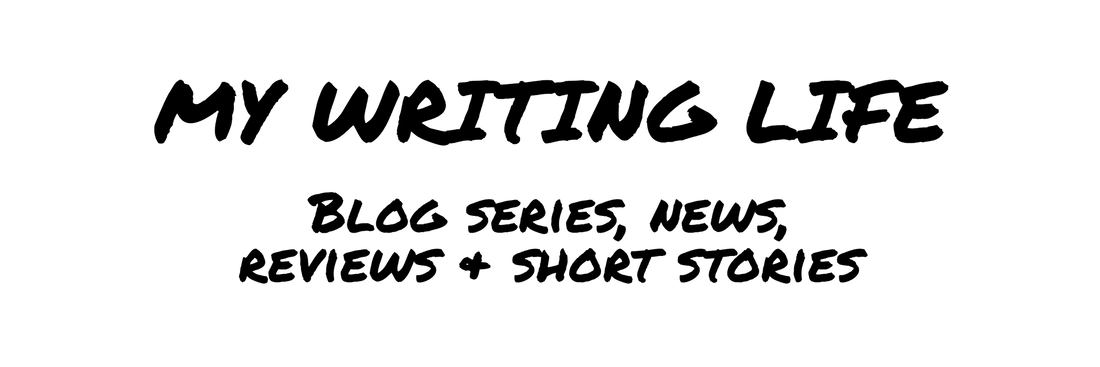
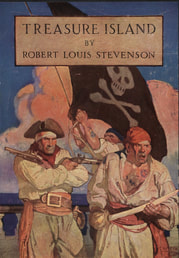
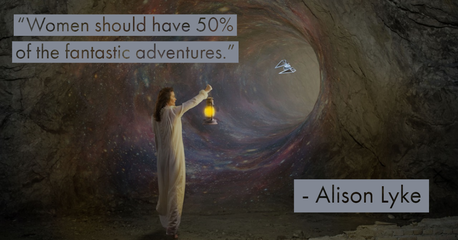
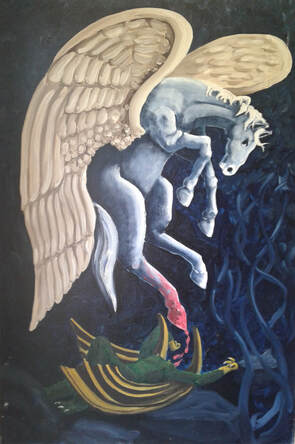

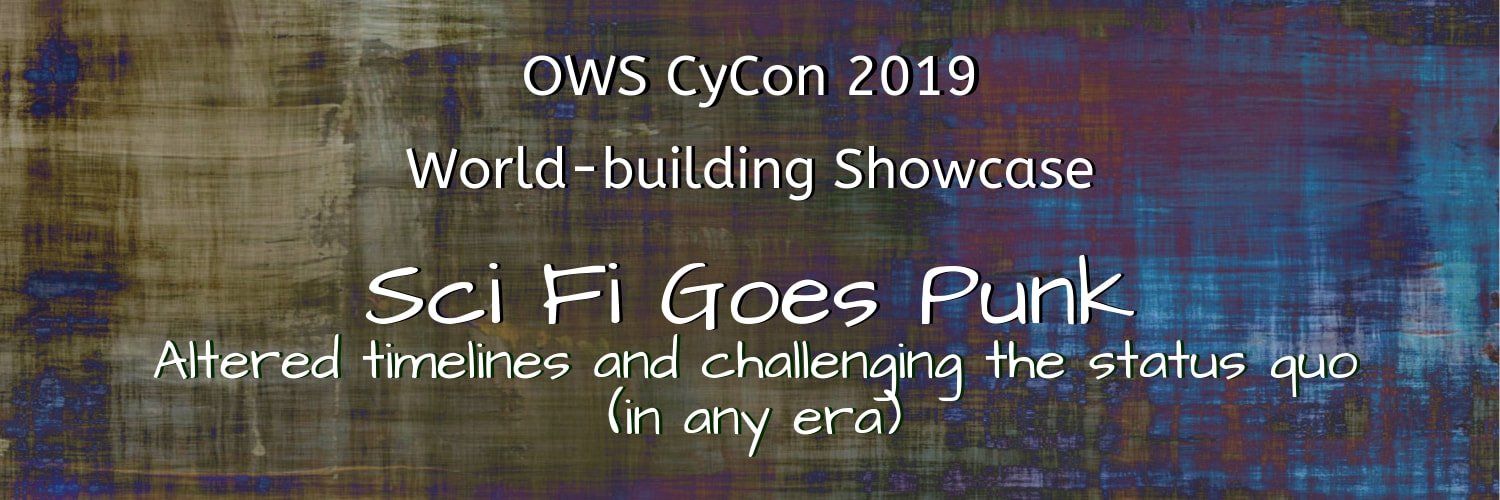
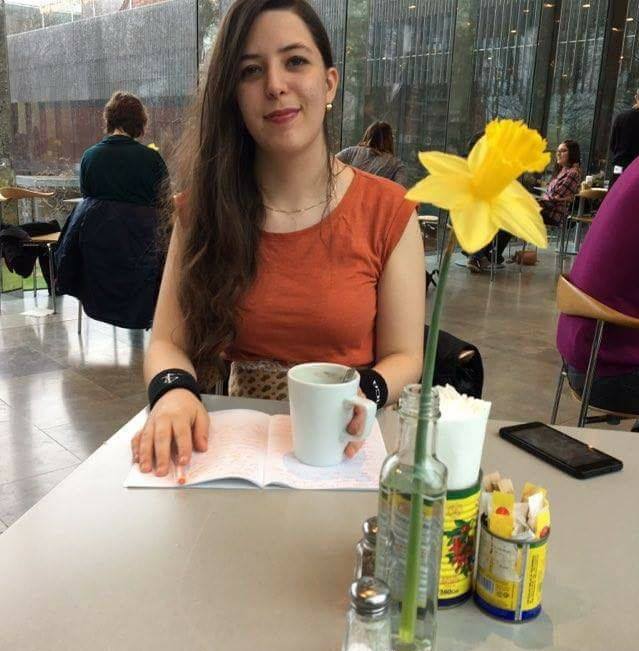
 RSS Feed
RSS Feed
